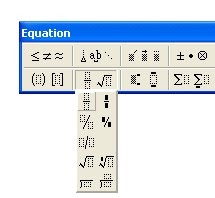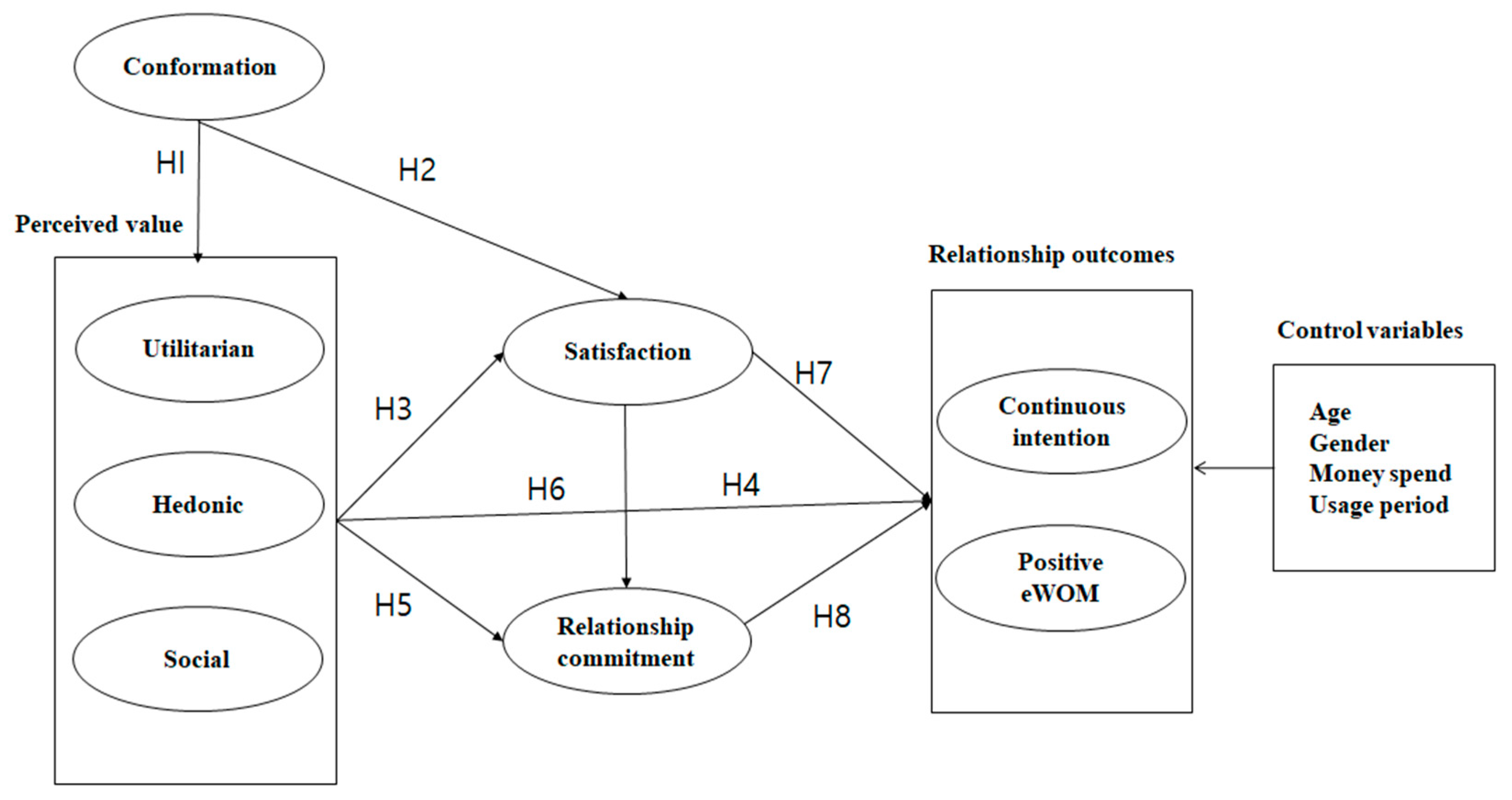

- #Word 2013 force equation editor 3.0 how to#
- #Word 2013 force equation editor 3.0 pdf#
- #Word 2013 force equation editor 3.0 update#
- #Word 2013 force equation editor 3.0 code#
#Word 2013 force equation editor 3.0 code#
That would require to write the body of your text (if any) and the reporting R code in a word processor (Ms Word or e.g. Well, it will generate an odt file from an odt one, so not a native Word format, but it is compatible with Ms Office also from the 2007 version (SP2).
#Word 2013 force equation editor 3.0 update#
I think this approach is quite insane in this situation, as native solutions also exist - as the OP also mentioned.Īs you generate the reports from R, it might be the less painful to rewrite some function you use in the reporting process and update those to be able to run in odfWeave. I am now editting this answer to suggest Pandoc as I find Pandoc is kept up to date, works well, and I like the flexibility to choose from many more input and output file types.Īll answers above suggested to use some converter from tex/pdf file to the wanted file format, that is why I try to give an n-th proposal. : Originally I suggested the use of latex2rtf instead of Pandoc. I've put a set of demo documents in a Github repository which may be helpful.
#Word 2013 force equation editor 3.0 pdf#
My test PDF documents sometimes pass automated testing in Adobe Acrobat. I have been working (slowly) on using the pdfcomment package to add tooltips and modifying the accessibility package so that documents are accessible. The one thing that is still causing trouble is 508-compliance.
Figuring out tools that let people collaborate. #Word 2013 force equation editor 3.0 how to#
Making sure people know how to use it, hence the template. Figuring out how to get the same class file(s) to all users, hence the SVN repository. Getting the editors and reviewers something that fit with their existing process, hence the use of the. There were a couple of challenges we had to face to get this adopted. Using one of the web-based editors like or can remove the need for 5-7, especially now that they have rather good review tools. Tagging the document using Adobe Acrobat for Section 508 compliance (accessibility). docx document back in to 'tex manually, and complete the PDF production in LaTeX. Get edits and peer reviews done on the. docx using Pandoc, which works on Windows, Mac, and Linux Create documents using the lab-standard class file. Create an SVN (or git, or whatever) repository for the class and template files, and distribute the URL of the repository to LaTeX users.  Create a template showing how to use the class file. Include the minimum number of up-to-date packages in the class and add the nag package to make sure that you (and other users) can see that those packages are not deprecated. Define a class file that contains the correct formatting, etc, using article, report or book classes. We implemented a process that allowed people to work in LaTeX and then switch to. Part of this is the process, but you may also need to think about training and using a common repository, and how to implement corporate design. The OP was right in that a well-defined workflow is essential. We produced several hundred (if not thousand) documents per year, and the LaTeX Users' community there wanted to be able to produce documents using 'tex as well as WYSIWYG software. I was hoping that there is an expert out there who has worked out a good system already. I've also found this question about LaTeX to Word for resumes. I also just saw this earlier question that deals with some specific issues associated with LaTeX to Open Office conversion. What is a reliable, efficient, and preferably free process? I don't need to go back from MS Word to LaTeX. I need to export this reliably into Open Office or MS Word format: this includes mathematical formulas, table formatting, and quality figures). I have a LaTeX document with text, tables, and figures.
Create a template showing how to use the class file. Include the minimum number of up-to-date packages in the class and add the nag package to make sure that you (and other users) can see that those packages are not deprecated. Define a class file that contains the correct formatting, etc, using article, report or book classes. We implemented a process that allowed people to work in LaTeX and then switch to. Part of this is the process, but you may also need to think about training and using a common repository, and how to implement corporate design. The OP was right in that a well-defined workflow is essential. We produced several hundred (if not thousand) documents per year, and the LaTeX Users' community there wanted to be able to produce documents using 'tex as well as WYSIWYG software. I was hoping that there is an expert out there who has worked out a good system already. I've also found this question about LaTeX to Word for resumes. I also just saw this earlier question that deals with some specific issues associated with LaTeX to Open Office conversion. What is a reliable, efficient, and preferably free process? I don't need to go back from MS Word to LaTeX. I need to export this reliably into Open Office or MS Word format: this includes mathematical formulas, table formatting, and quality figures). I have a LaTeX document with text, tables, and figures. 
However, when I collaborate with others, I sometimes need to provide a document in Open Office / MS Word format. This is then included into a LaTeX document either using input or Sweave ( see here for details). I use R to analyse the data and export tables, figures, and text. I often have to write up reports based on the analysis of some data.







 0 kommentar(er)
0 kommentar(er)
